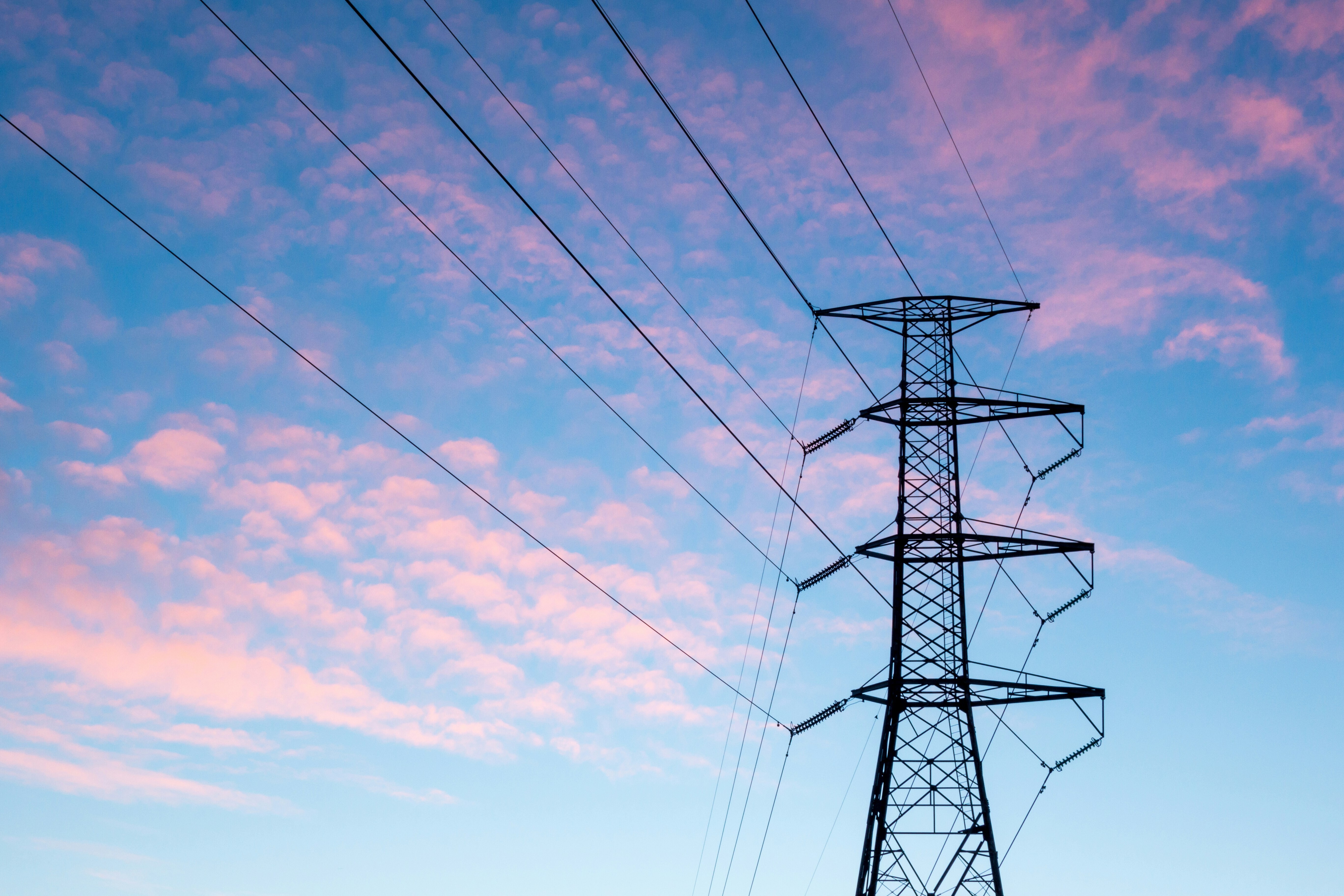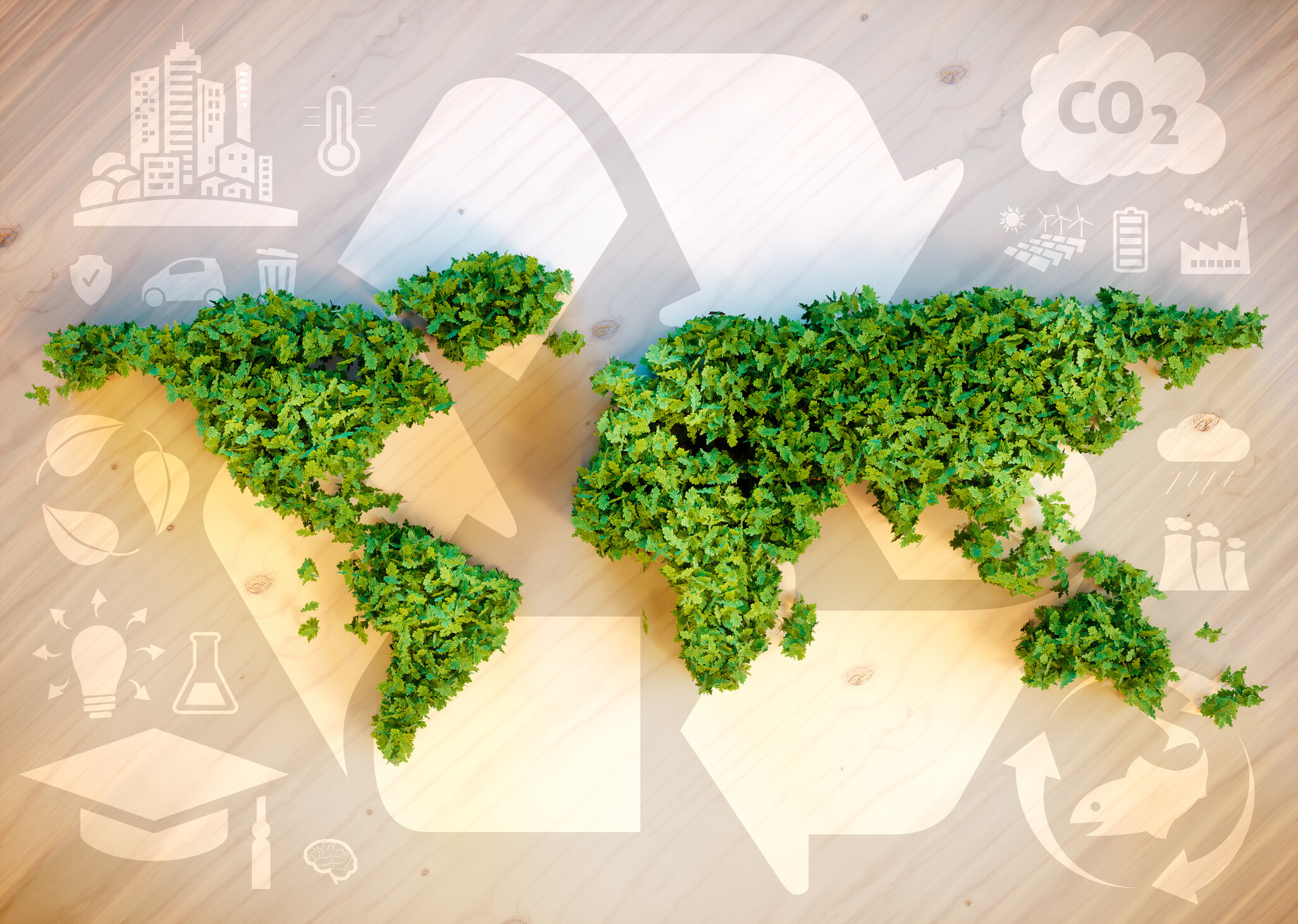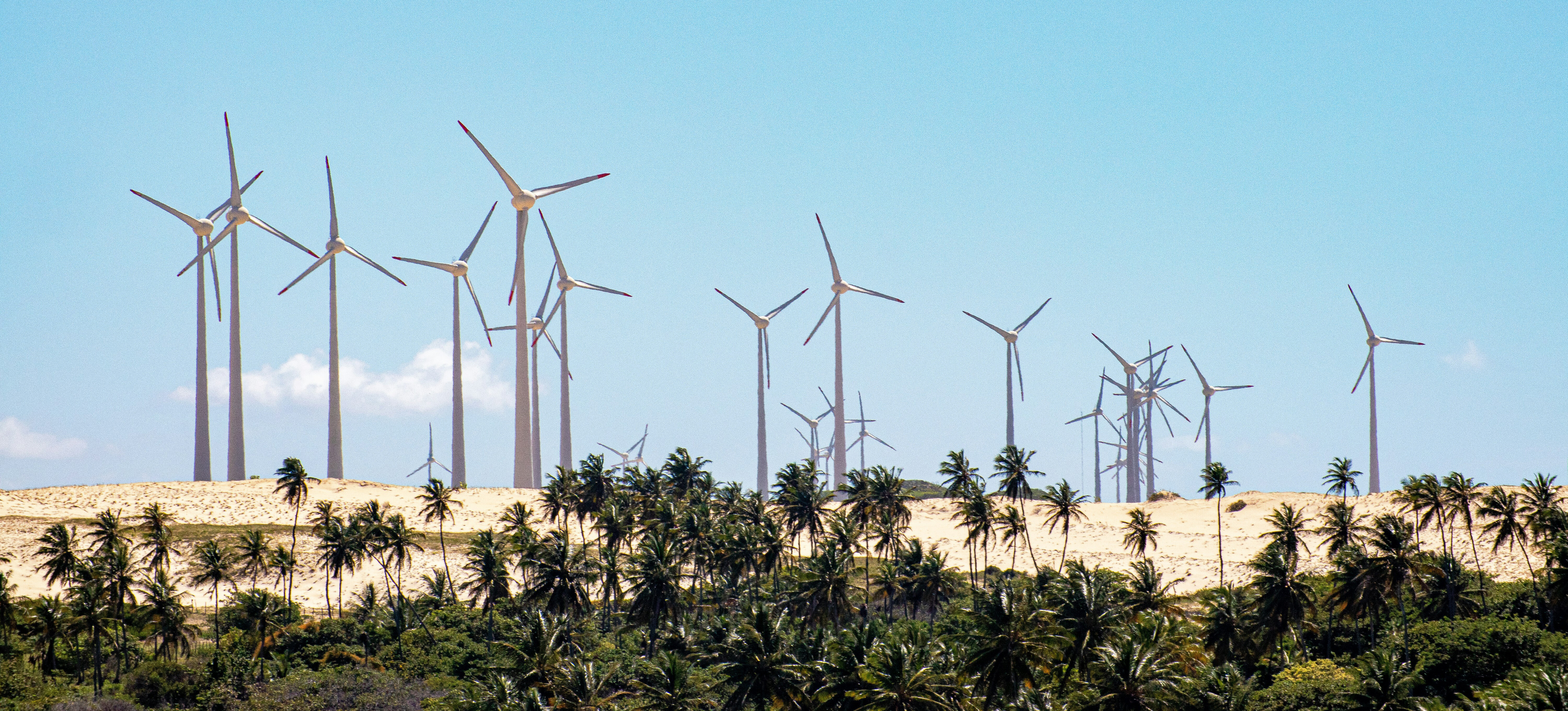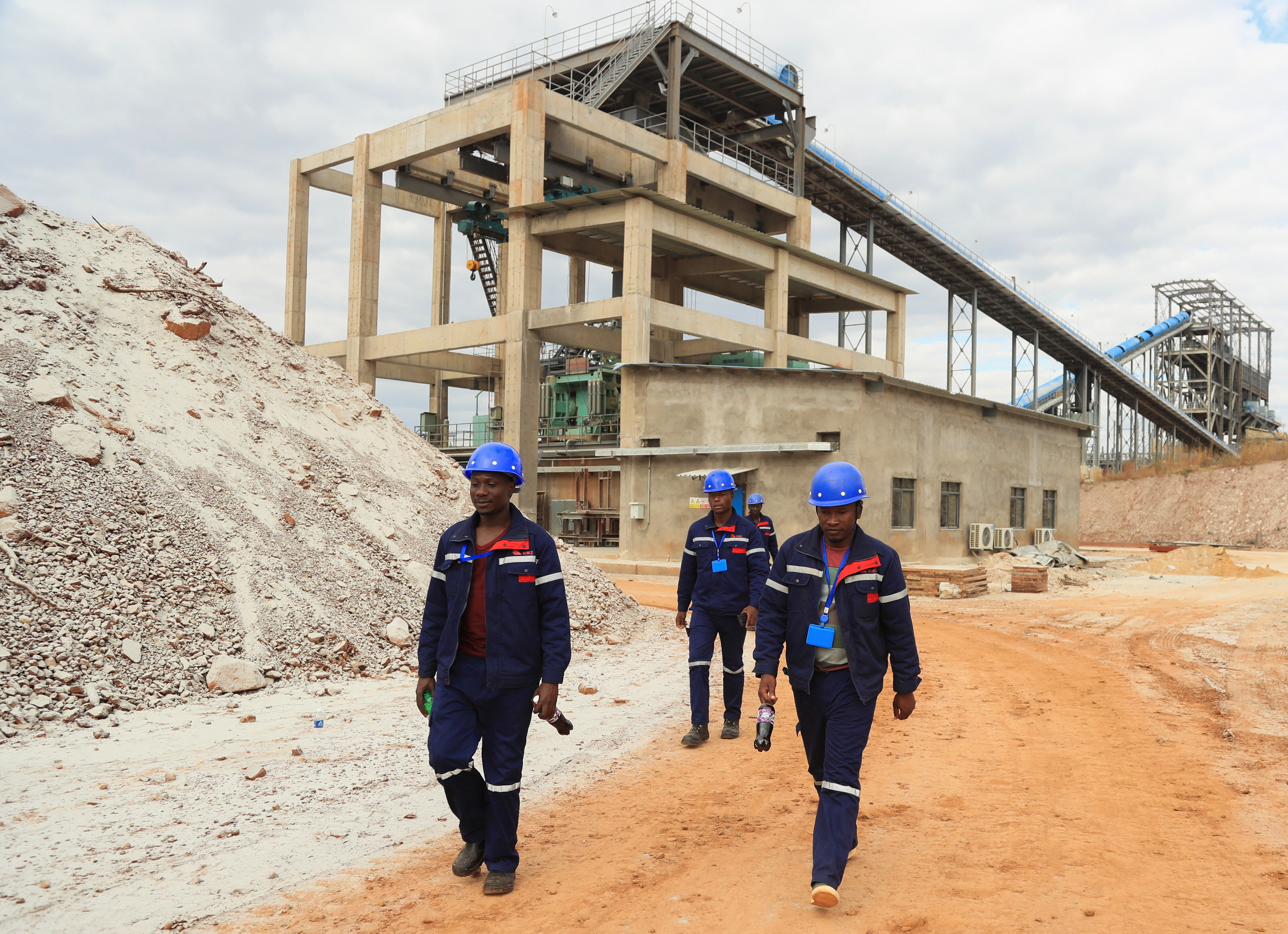Saving forests would be like taking 600 million cars off the roads

Assigning an economic value to trees might help in saving forests
Image: REUTERS/Beawiharta
Stay up to date:
Decarbonizing Energy
The world of international climate change policymakers, regulators, business leaders, activists, multilateral institutions, civil-society representatives and scientists are meeting in Bonn, Germany, for COP23 and the next chapter in global climate history.
The story will focus on what is now an urgent race against time to reduce and contain global carbon emissions to a level that keeps our climate’s warming under a maximum limit of 2°C. One year on from the Paris Climate Agreement entering into force, countries, cities and companies will be under the spotlight to show how their commitments on paper are now becoming a reality on the ground with concrete plans and structures in place for implementation. There will also be a negotiation on the updated rulebook for the Paris Agreement at COP23 governing how countries can trade emissions internationally and share their efforts.
However, despite the critical importance of national Paris Agreement targets, what will likely be less visible in the headlines is the fact that even if every country does come good on their commitments, as a global community we will still fall 30% short of the emissions reductions needed to achieve that <2°C limit.
Saving forests
In short, if we think of the world’s carbon emissions in terms of our own household budget, we are seriously overdrawn. So much so that it is no longer enough just to work on bringing our spending under control. Rather we need to focus far more effort on raising new money to put back into our account to achieve a healthy balance.
In carbon budget terms, this means focusing not only on reducing emissions through, for example, clean-energy technologies and innovative, efficient infrastructure, but also increasing the world’s capacity to handle carbon. In climate speak, this positive contribution to the emissions balance (achieved through any action that strengthens or protects the capacity of forests, rainforests, wetlands, soil, mangroves and peat and absorbs carbon emissions) acts as a “credit” in our global climate account. The land-use sector is the only sector that can go from being a net emitter or withdrawal today to a net absorber or depositor in the future.
Reducing Emissions from Deforestation and forest Degradation
Represented in Bonn by the REDD+ community (Reducing Emissions from Deforestation and forest Degradation), this positive carbon approach focuses on creating policies and incentives that give forests a tangible economic value to overcome the systematic undervaluation of ecosystem services in our economy. Putting a carbon price on the CO2 storage capacity of these ecosystems effectively makes trees worth more alive to their local communities, governments, and industries than the timber that could be collected or the forest land that could be converted and farmed or developed. Reforestation and restoration of land in post-industrial economies is also an important angle.
Many of us in the REDD+ community have been buoyed by the recent TNC study published in PNAS, following two years’ work by 32 scientists from 15 different institutions. The study shows firstly that natural climate solutions can equate to a huge 37% of the emissions reductions needed to achieve our Paris Agreement goals. And secondly, that high-quality sustainable projects that protect rainforests and promote sustainable land-use are among the most effective ways of delivering large-scale, cost-effective emissions reductions.
The study showed that by saving forests we can reduce emissions by as much as 2 gigatonnes, the equivalent of taking more than 600 million cars off the road annually. Furthermore, this method is affordable for governments and companies, costing less than $10 per tonne of carbon safely and naturally stored compared to more than $100 per tonne to geologically capture and store CO2 in an oil and gas well.
If we do therefore choose to invest as seriously in building up our positive actions as we do reducing our negative ones, we can rebalance more quickly and start to tackle not only the Paris Agreement commitments that hit the headlines, but also the remaining gap that lurks quietly beneath.

Saving forests with positive carbon action
As ever, we cannot rely just on national and international agreements. Rather, companies and individuals must also feel empowered to act. Yet as someone who has been involved in climate-related issues for my whole career, I know all too well that the COP negotiations can feel overwhelming in sheer size and complexity, discussed in a language of acronyms and technical terms that have developed over the years.
For all of us in the REDD+ community, there is an important need therefore to show how positive carbon action is something that we can all get behind through small personal changes. From reducing the amount of meat that we eat, thereby reducing methane emissions from livestock and deforestation for cattle herding or soy production for animal feedstocks, to checking that the palm oil that we use in products such as shampoo, ice cream and chocolate is certified with a RSPO or Green Palm label and produced in a sustainable way.
On top of lifestyle changes, there are many ways to incorporate positive climate credits into our economy and daily lives, which could add up to a powerful collective impact. The international climate negotiations have given us a clear set of rules, dating from the days of the Kyoto Protocol, which allow us to do this. However, efforts are now building momentum to show how carbon credits are relevant to all of us.
For example, companies are now being empowered to bundle positive climate credits into the products and services they sell and we use everyday. So for example, by buying a carbon positive energy tariff, a consumer can know that they are investing into clean energy and land-use projects that will reduce the global carbon emissions left in the atmosphere. Similarly, contributing an extra penny or cent to order a carbon positive coffee will reassure you that your coffee is not only not destroying trees, but is proactively contributing to Saving forests.
These “carbon positive” systems will scale quickly over the coming years, facilitated not only by the COP negotiations but also by blockchain technology. This breakthrough in technology is so important because it empowers companies and consumers to deal in grams rather than tonnes of carbon credits, meaning that transactions can be made en masse at a micro level (contributing pennies and cents during our everyday lives), rather than having to save up to contribute.
In terms of our individual carbon budgets, we are therefore on the cusp of being able to act not only to reduce the negative (producing less carbon emissions) but also to increase the positive, investing in carbon credits that will in turn support efforts for saving forests, their local communities and their wildlife, sustain our food-supply chains and reduce the carbon emissions left in the atmosphere and contribute to keeping the world’s climate to the 2°C degrees limit.
Don't miss any update on this topic
Create a free account and access your personalized content collection with our latest publications and analyses.
License and Republishing
World Economic Forum articles may be republished in accordance with the Creative Commons Attribution-NonCommercial-NoDerivatives 4.0 International Public License, and in accordance with our Terms of Use.
The views expressed in this article are those of the author alone and not the World Economic Forum.
Related topics:
Forum Stories newsletter
Bringing you weekly curated insights and analysis on the global issues that matter.
More on Energy TransitionSee all
Caroline Narich, Maria De Miguel, Jessika E. Trancik and Christine Gschwendtner
November 12, 2025
Why India’s carbon market needs a price stability mechanism for its new Carbon Credit Trading Scheme
Subham Shrivastava and Saurabh Trivedi
November 10, 2025
Andrea Willige
November 10, 2025
Network of the Global Future Councils and Kaiser Kuo
November 4, 2025
Esther Finidori and Lisa Wee
November 4, 2025
Ezgi Canpolat and Varalakshmi Vemuru
November 3, 2025





